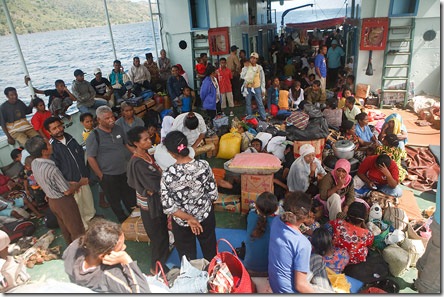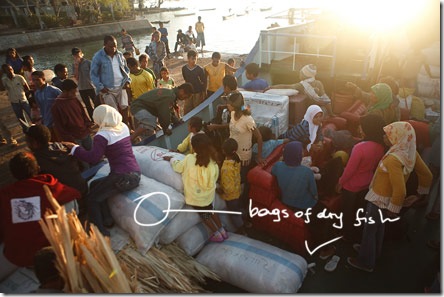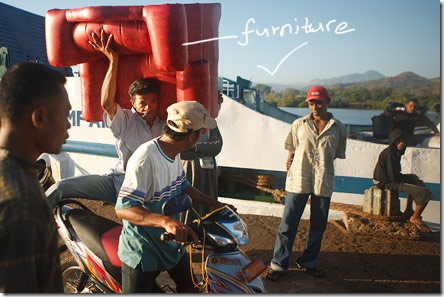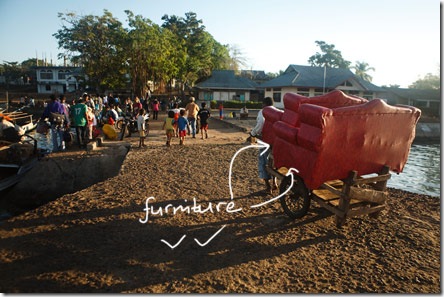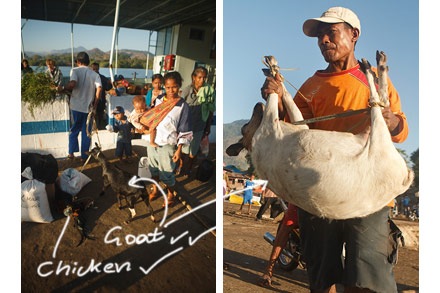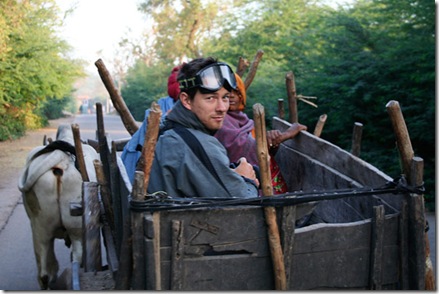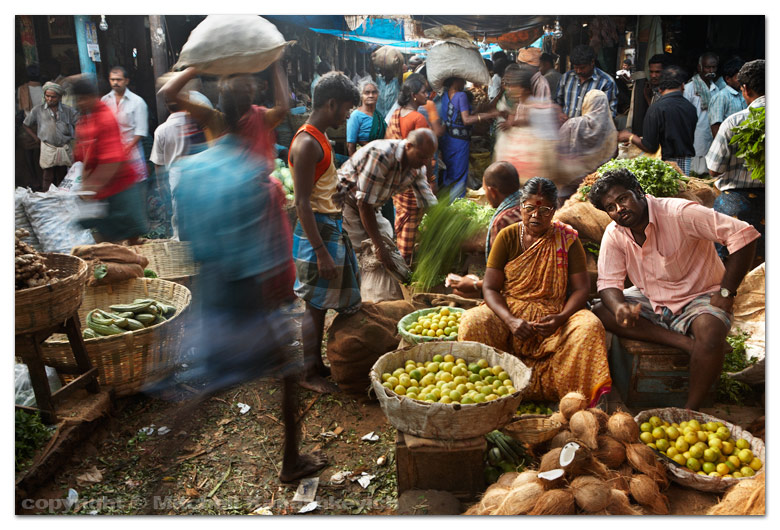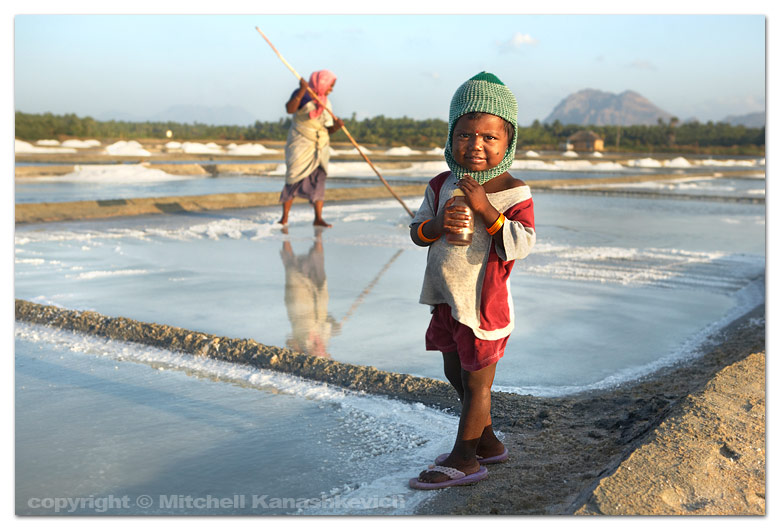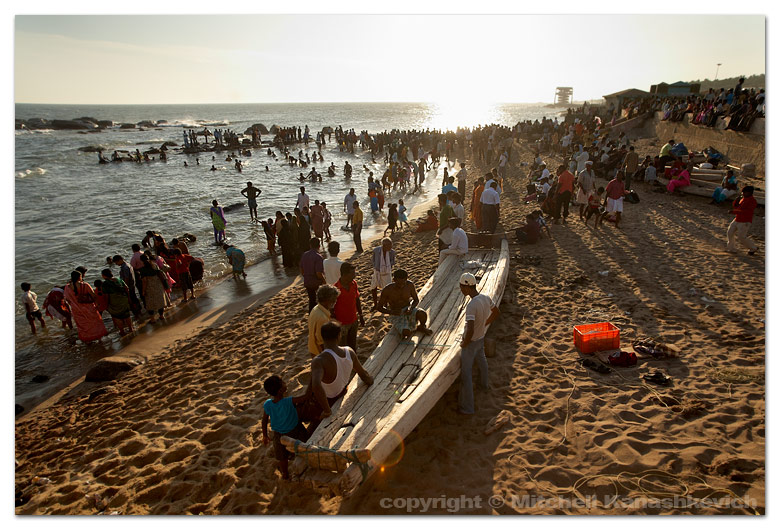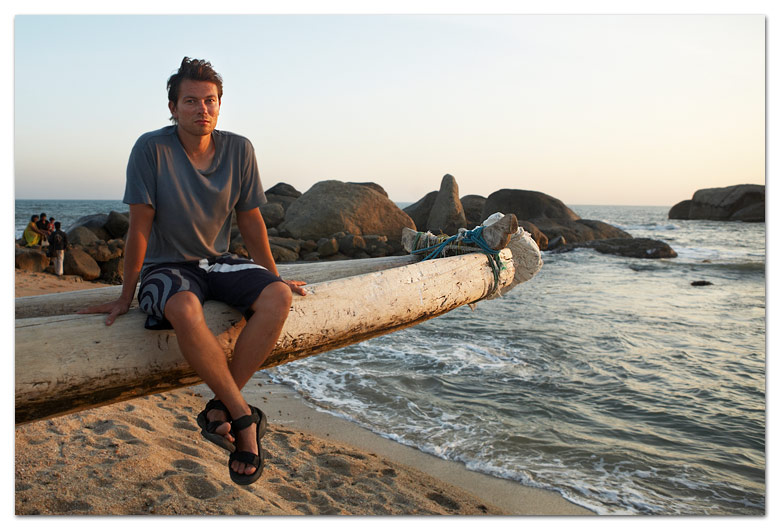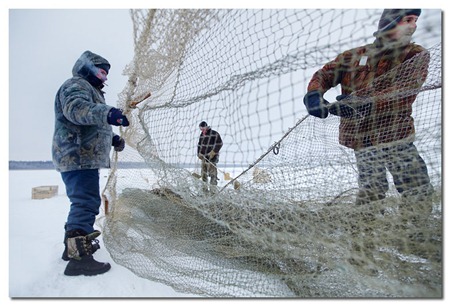 I’m in Abu Dhabi airport on a 12-hour layover. There’s really no better time to reflect on my most recent and final adventure in Belarus, before I head back to Sydney.
With a bit less than a week till my flight I decided that it’ll be a real pity not to visit the Braslav region one last time. When Yuri Ivanych, my friend in Braslav told me that I’d be able to see how the same fishermen brigade which I already photographed works in winter, I was sold on one last visit, much to the dismay of my family in Minsk, and Tanya – my wife.
I’m in Abu Dhabi airport on a 12-hour layover. There’s really no better time to reflect on my most recent and final adventure in Belarus, before I head back to Sydney.
With a bit less than a week till my flight I decided that it’ll be a real pity not to visit the Braslav region one last time. When Yuri Ivanych, my friend in Braslav told me that I’d be able to see how the same fishermen brigade which I already photographed works in winter, I was sold on one last visit, much to the dismay of my family in Minsk, and Tanya – my wife.
The main reason was their concern for my driving ability in winter time. After my small car crash in Poland I had a bigger accident the day before New Year’s Eve. Again - very slippery road, which looked deceitfully decent, I decided to overtake a very slow moving car, but even about 60km/per hour was enough to land my vehicle into a barrier, down a small hill and into a field. A tractor pulled me out and one of those “evacuator” vehicles got the car all the way back to Minsk, as it was not driveable. The story had a happy ending, since no one was hurt and everything was solvable, but understandably my family was concerned.
In any case, I hired a car again and went to Braslav. Luckily everything went very smoothly as far as driving this time, I think I learned my lessons.
Now to the fishermen. The shoot was a dream and a nightmare at the same time. I always wanted to shoot in the winter, in the snow. But that day it was minus 20 Celsius! I will say first of all that the gear held up incredibly well. I shot with the Canon 5D MKII, 20mm f1.8 Sigma and 24-70 f2.8 Canon lenses, I didn’t expect any problems with those, what surprised me was the battery. I filled a 16GB card with stills and even a few videos, the battery still had 28% of life left, I decided to change it simply to avoid missing an important shot when it would finally go flat.
I don’t know how I would rank my own performance. I was in the cold for about 5 hours straight and another two with breaks in a pretty warm car. It’s tough working in such weather. You can’t shoot without gloves, you lose sense of your fingers very quickly, the wind feels like it burns your face and when the sun goes down, staying for a couple of minutes without movement makes your teeth rattle from the cold.
I was not greatly equipped, as far as cold-proof gear for this one, but my friend was impressed with the way I tolerated the conditions. I have to say - it was a great experience, but I won’t be too sad if I don’t have another one like it for a while.
When the fishermen finally pulled out the net, which they managed to spread out under the ice, they didn’t end up with much. Parts of the ice cut the net in a few places and a lot of the fish was lost. Tough day for these guys, they were at the lake for much longer than me and managed to handle it like just another work-day.
At the end me, Yuri Ivanych and the National park driver drove across the frozen lake. In a very timely manner I was told that 10 years ago a jeep went under at about this time of the year, taking four passengers with it. I was advised to hold on to the door handle, to open it and jump, in case the ice cracks. I thought it was a joke, but after seeing Yuri Ivanych holding on to the door handle at the back I realised it wasn’t. The driver joked – if you two are holding on to the handles, what the hell am I meant to do? – Hold on to the wheel! Joked Yuri Ivanych.
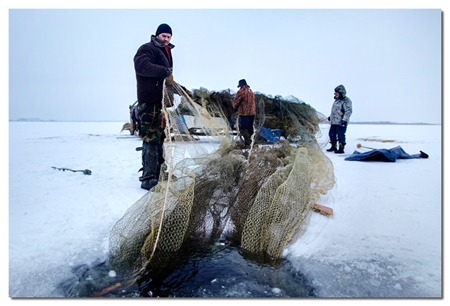 A large hole is made in the ice. On one end fishermen cast a net into the hole.
A large hole is made in the ice. On one end fishermen cast a net into the hole.
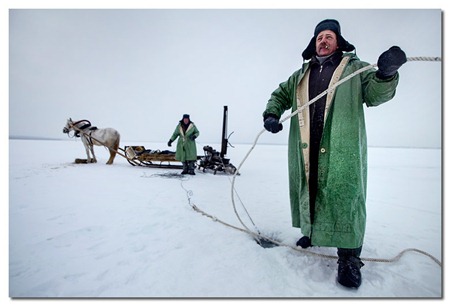 On the other end, fishermen make holes in the ice and use ropes to capture the net and spread it out. The net is pulled by hand at first and later with the help of a motor and a horse.
On the other end, fishermen make holes in the ice and use ropes to capture the net and spread it out. The net is pulled by hand at first and later with the help of a motor and a horse.
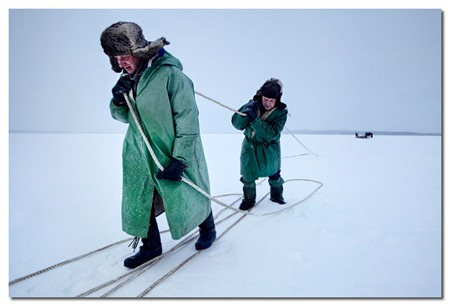 The working conditions are very manual labour intensive, but things weren’t actually this way before. I was told by the fishermen who have been in the “business” for a while that there was more machinery involved during the Soviet times. Tractors did the job of horses and humans. Now it is unclear where the resources are going, one thing for sure the job hasn’t become any easier.
The working conditions are very manual labour intensive, but things weren’t actually this way before. I was told by the fishermen who have been in the “business” for a while that there was more machinery involved during the Soviet times. Tractors did the job of horses and humans. Now it is unclear where the resources are going, one thing for sure the job hasn’t become any easier.
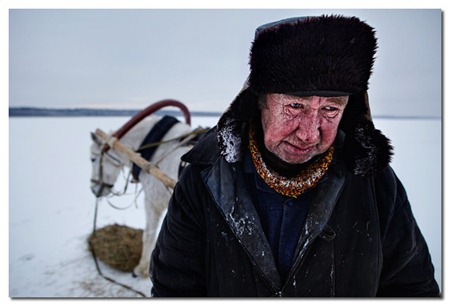 This man has been with the fishermen brigade for a very long time. When I asked him “How’s life?” after arriving, he replied - “Life? What kind of life is this? I’m so sick of this shit, I’ve been doing it for 36 years! It’s f—cking cold out here!” I asked him why he did the job. His reply- “What else is there to do?”
This man has been with the fishermen brigade for a very long time. When I asked him “How’s life?” after arriving, he replied - “Life? What kind of life is this? I’m so sick of this shit, I’ve been doing it for 36 years! It’s f—cking cold out here!” I asked him why he did the job. His reply- “What else is there to do?”
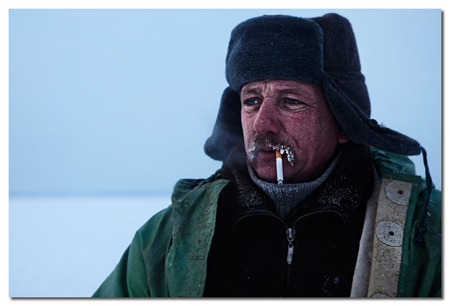 Not all fishermen lack enthusiasm though. The much younger Leonid, despite his frozen moustache tells me that the work isn’t so bad. He’s used to working because he has a big family and “many mouths to feed”. I asked him about the cold. “You don’t feel it while you work, while you move around, it’s not too bad here, if only someone could wipe the snot off my nose, then it would be perfect.” He jokes.
Not all fishermen lack enthusiasm though. The much younger Leonid, despite his frozen moustache tells me that the work isn’t so bad. He’s used to working because he has a big family and “many mouths to feed”. I asked him about the cold. “You don’t feel it while you work, while you move around, it’s not too bad here, if only someone could wipe the snot off my nose, then it would be perfect.” He jokes.
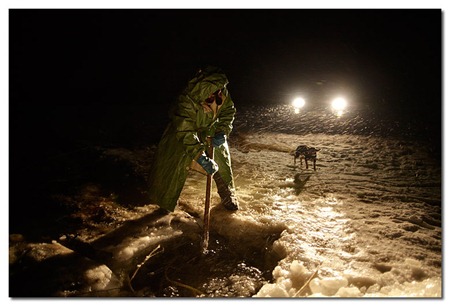 A fisherman puts a rope in the water then stirs it around with a stick to defrost it. His dog, watches on. She followed her owner and stayed by his side in the blistering cold for the entire day.
A fisherman puts a rope in the water then stirs it around with a stick to defrost it. His dog, watches on. She followed her owner and stayed by his side in the blistering cold for the entire day.
The only light comes from the car’s head-lights, however, usually there’s even less light than you see. The car’s lights were only switched-on after my begging, pleading and explaining that I won’t be able to photograph anything without them, at least that helped the fishermen a bit too. I've said it before, it's a tough life. Their salary is about 180,000 Belarussian Rubles per month, that’s a bit over US$60.
That's all for now. My next post will be from home, for the first time in about 5 months.

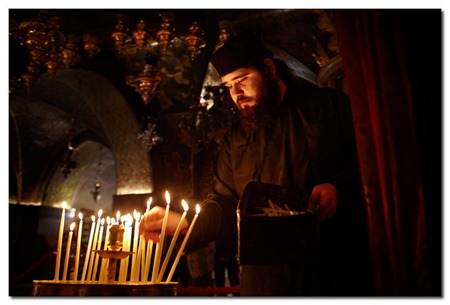
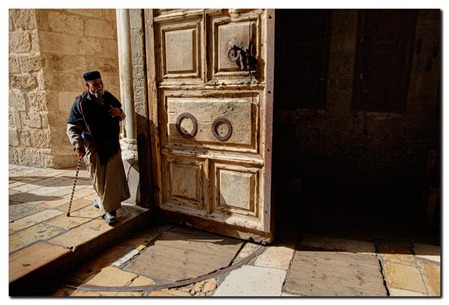
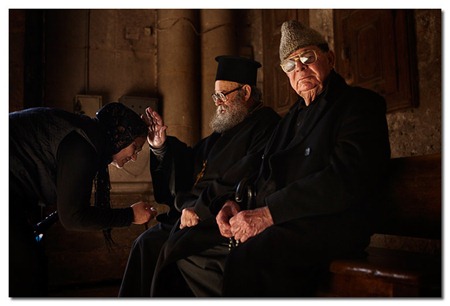

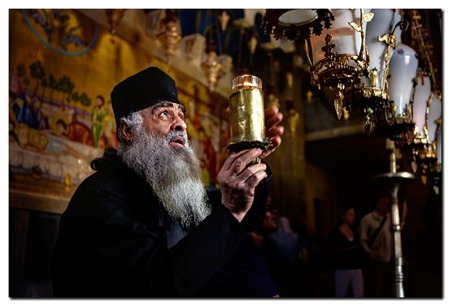
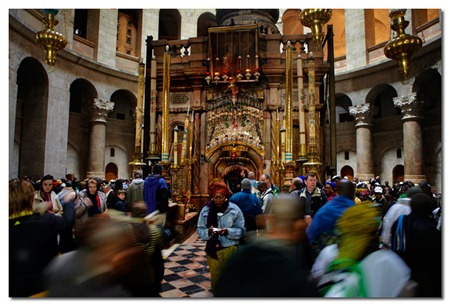
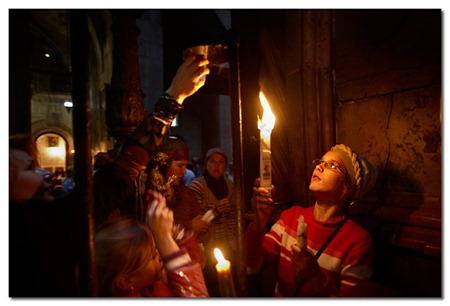
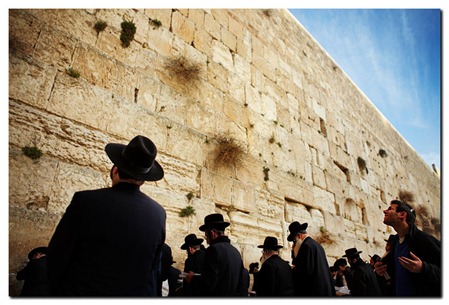
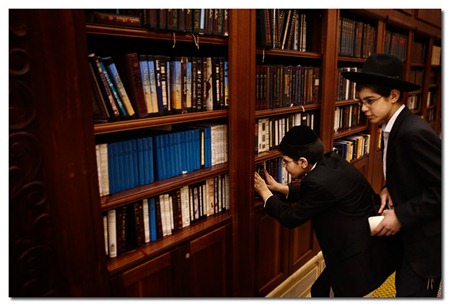
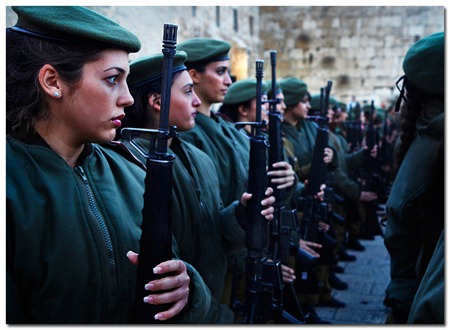
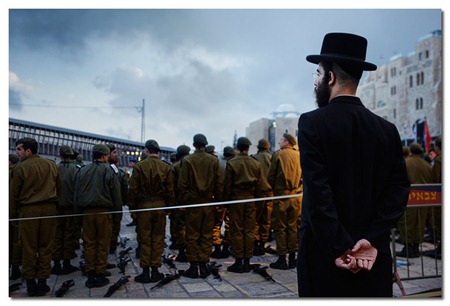
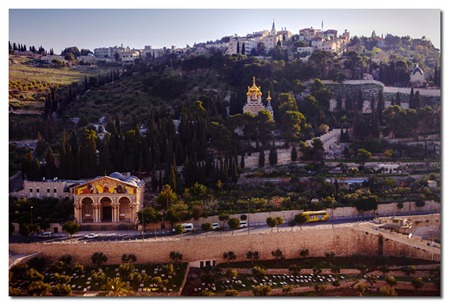
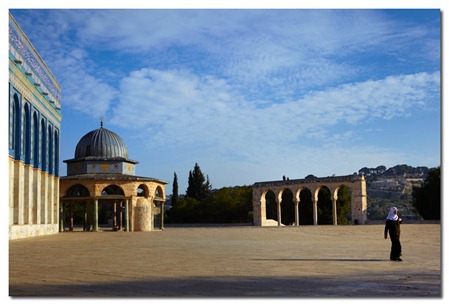

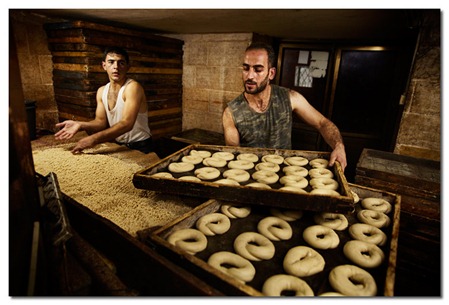
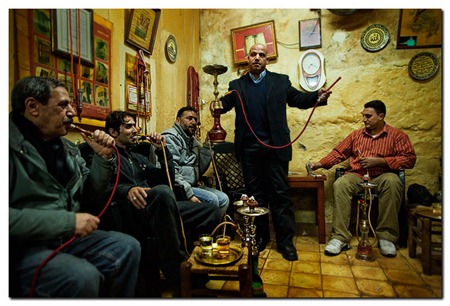
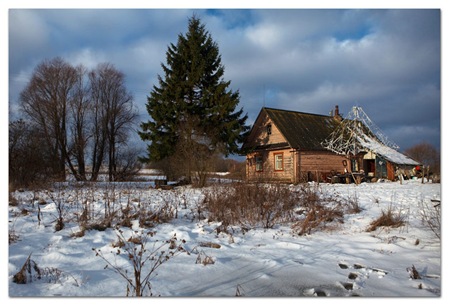
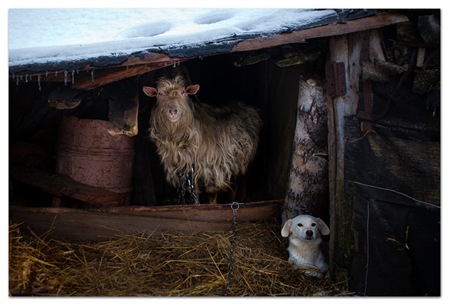
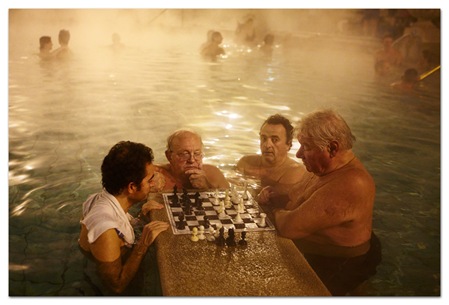




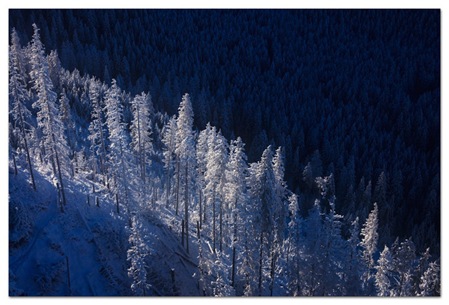 The view from above was almost surreal. Part of the forest was illuminated by the sun while the other was in the shadow. It’s times like these that make me feel like there is more to photography than shooting people.
The view from above was almost surreal. Part of the forest was illuminated by the sun while the other was in the shadow. It’s times like these that make me feel like there is more to photography than shooting people.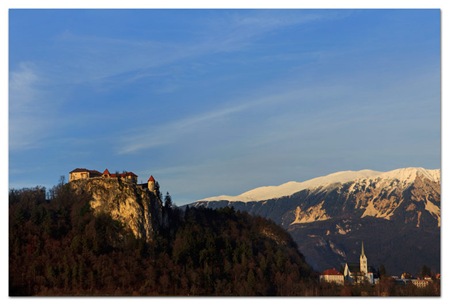
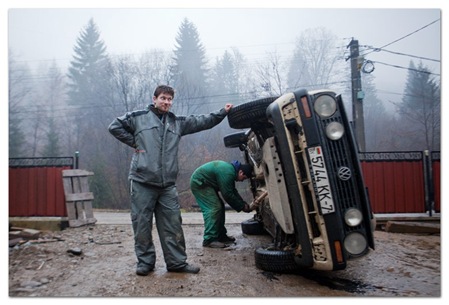


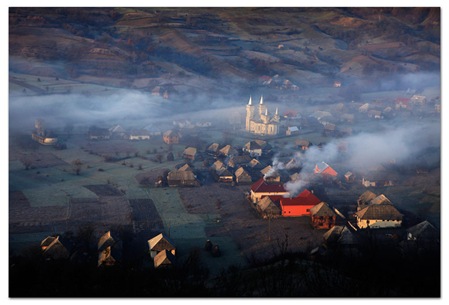 That’s the view the shepherd has when he herds the village’s sheep.
That’s the view the shepherd has when he herds the village’s sheep.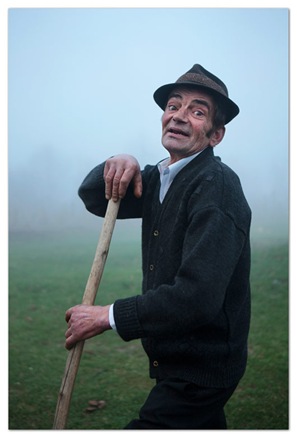

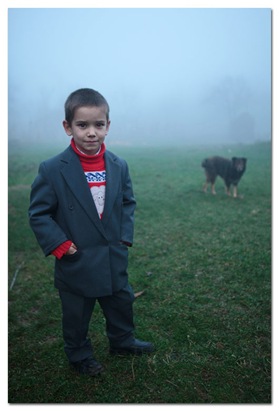
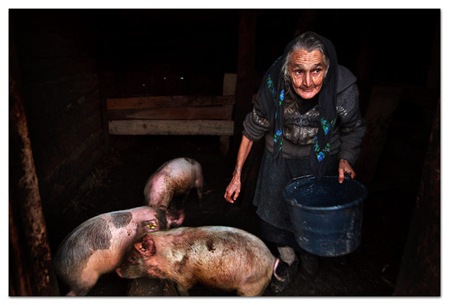
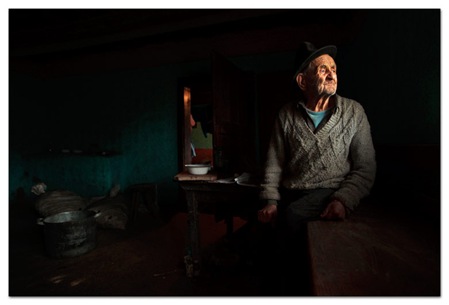
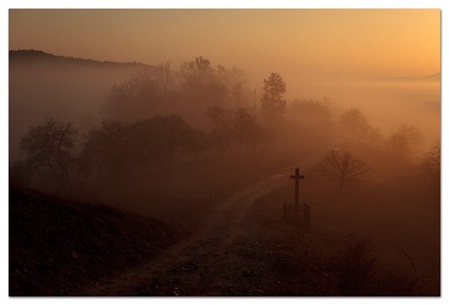
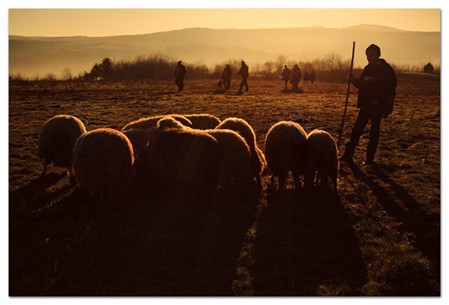

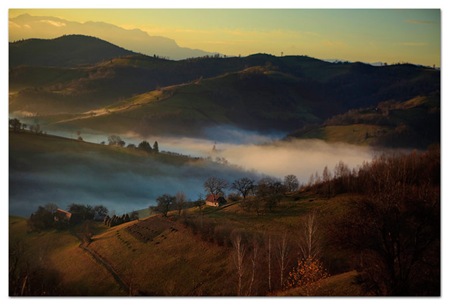 I finally got a chance to shoot what I wanted, the way I wanted in a small Transylvanian village called Holbav. That’s where the photo of me in the oxen cart was taken (last post).
I finally got a chance to shoot what I wanted, the way I wanted in a small Transylvanian village called Holbav. That’s where the photo of me in the oxen cart was taken (last post). 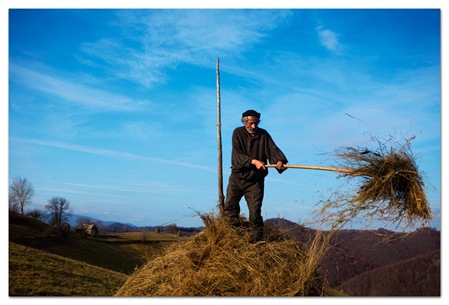 Dominicu collecting hay, which had been drying for a couple of weeks prior.
Dominicu collecting hay, which had been drying for a couple of weeks prior.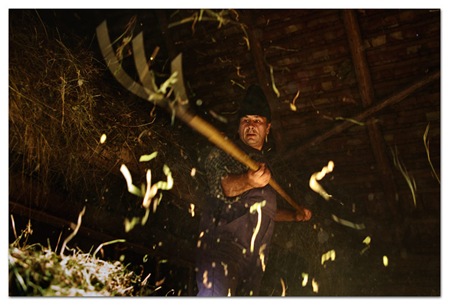
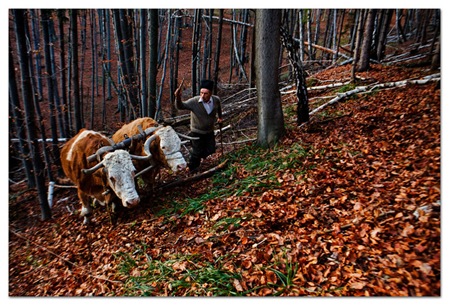


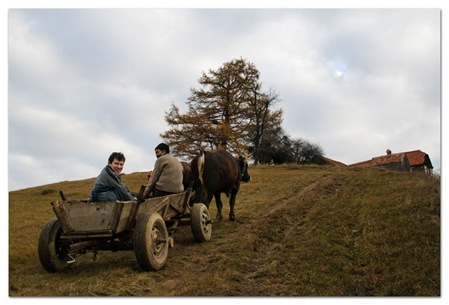
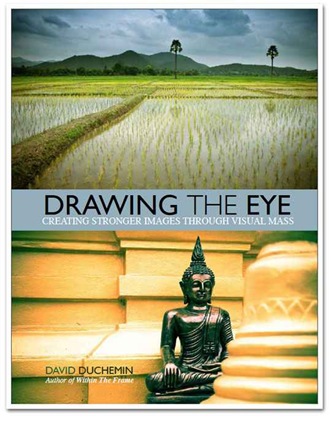 I feel that David duChemin is one of the best photography writers out there today. Perhaps some may think we’re conspiring by praising each other on our blogs every now and then, but what can I say – I respect the man as a photographer and I absolutely love the way he writes. Is that so wrong? :)
I feel that David duChemin is one of the best photography writers out there today. Perhaps some may think we’re conspiring by praising each other on our blogs every now and then, but what can I say – I respect the man as a photographer and I absolutely love the way he writes. Is that so wrong? :)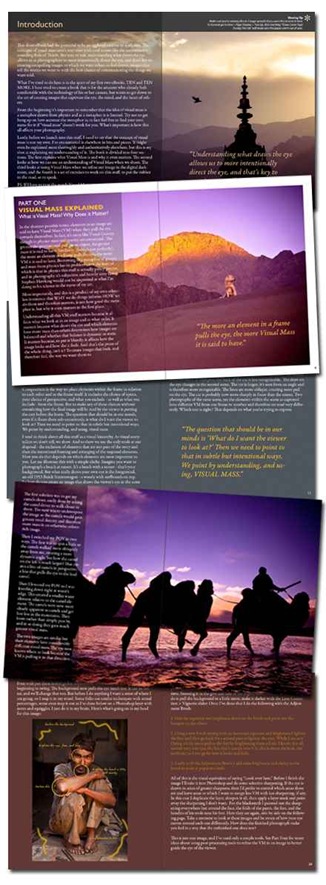
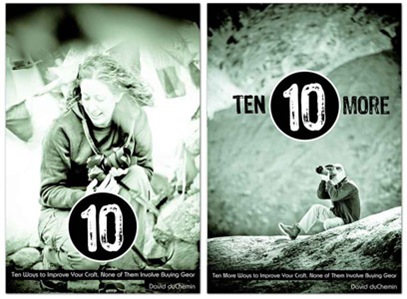
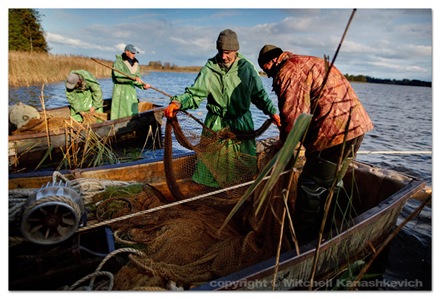
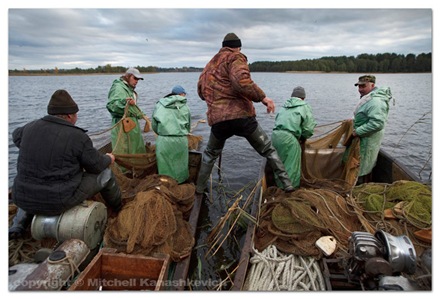
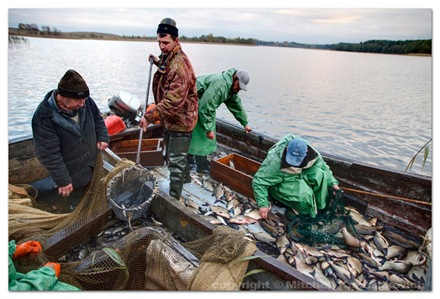

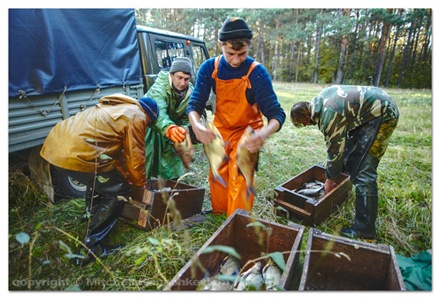
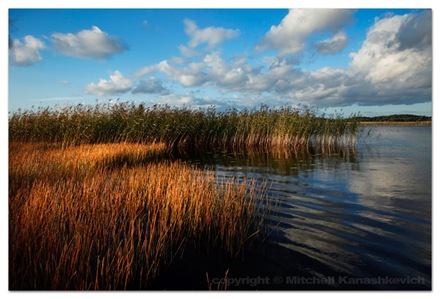
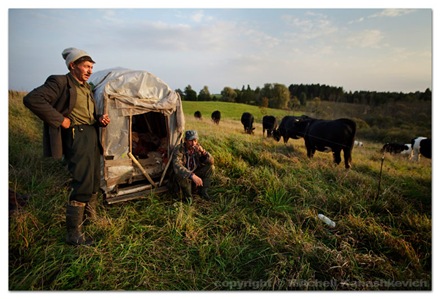

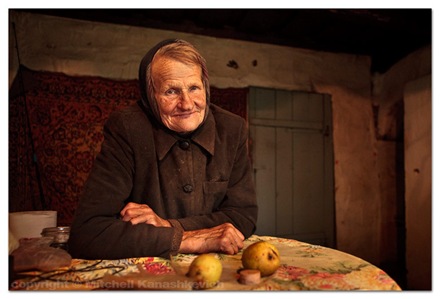
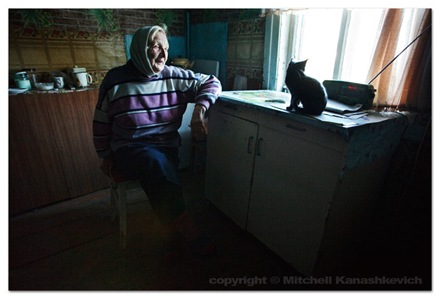
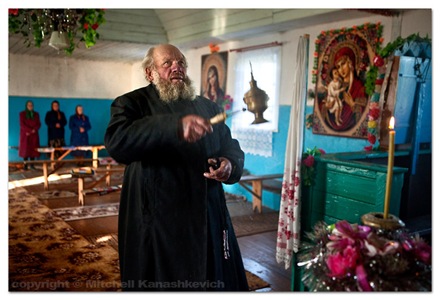
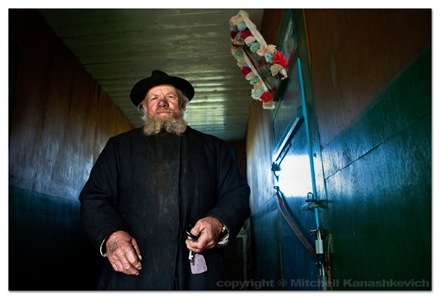
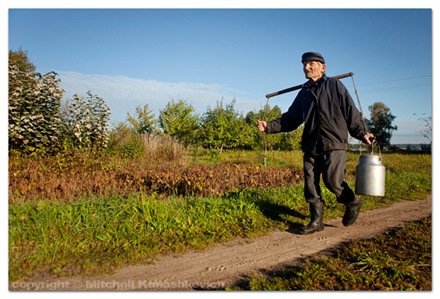 Every morning this man waits by the side of the road to sell is milk to large government-run co-operatives. Here he is returning home after selling the milk.
Every morning this man waits by the side of the road to sell is milk to large government-run co-operatives. Here he is returning home after selling the milk. 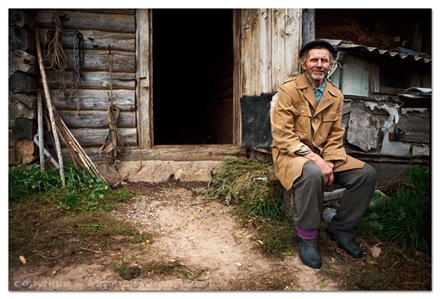 Grandpa Alexei was very shy about being photographed. When it comes to photos initial shyness is a common reaction amongst most of the older people. They’ll usually say something along these lines – “Why would you want to photograph me? I’m not shaven” or “I haven’t even got my teeth”. To me however these faces are amazing, they say so much without the need for words. After a short chat and me explaining what I do everyone usually agrees to have their picture taken.
Grandpa Alexei was very shy about being photographed. When it comes to photos initial shyness is a common reaction amongst most of the older people. They’ll usually say something along these lines – “Why would you want to photograph me? I’m not shaven” or “I haven’t even got my teeth”. To me however these faces are amazing, they say so much without the need for words. After a short chat and me explaining what I do everyone usually agrees to have their picture taken.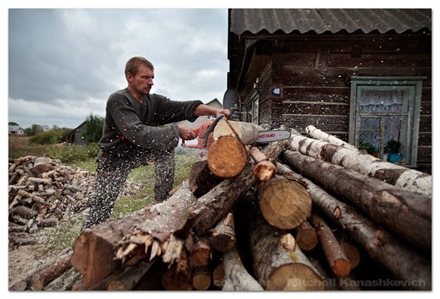 The modern way of preparing firewood – with a chainsaw. The man – Vasily is one the few younger men choosing to live his life in the countryside. He does however work outside of his village, on construction sites in cities as large and as far as Moscow.
The modern way of preparing firewood – with a chainsaw. The man – Vasily is one the few younger men choosing to live his life in the countryside. He does however work outside of his village, on construction sites in cities as large and as far as Moscow.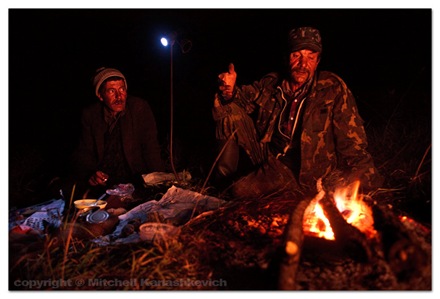
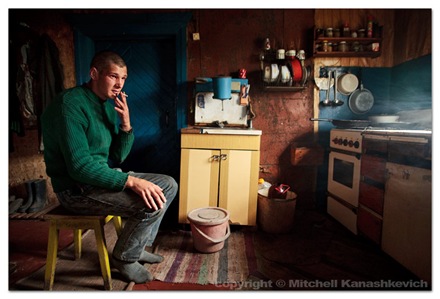
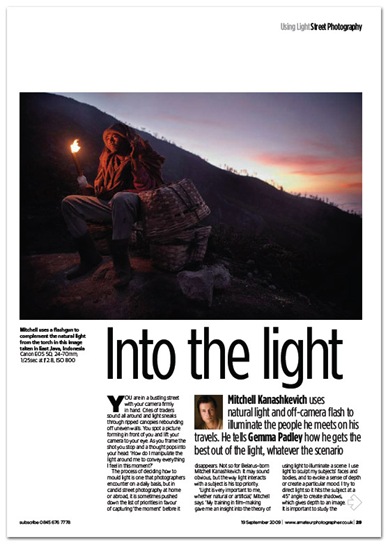 This month there is a 6 page feature on my work in the “Amateur Photographer” - possibly the longest running photographic publication in the world. The article is called “Into the light” (as you can see above), fitting, considering the recent release of my
This month there is a 6 page feature on my work in the “Amateur Photographer” - possibly the longest running photographic publication in the world. The article is called “Into the light” (as you can see above), fitting, considering the recent release of my 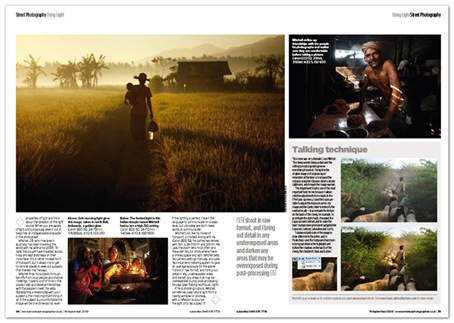
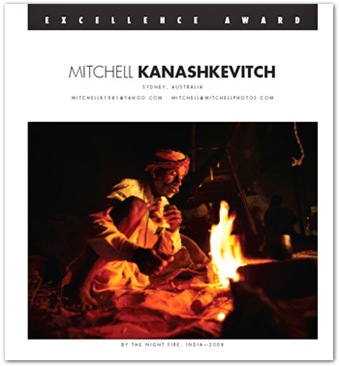
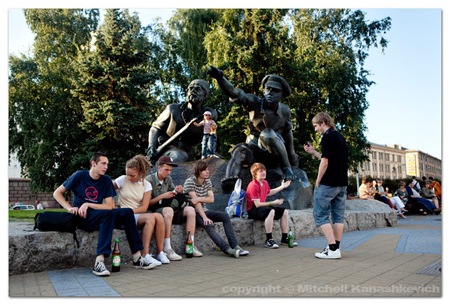
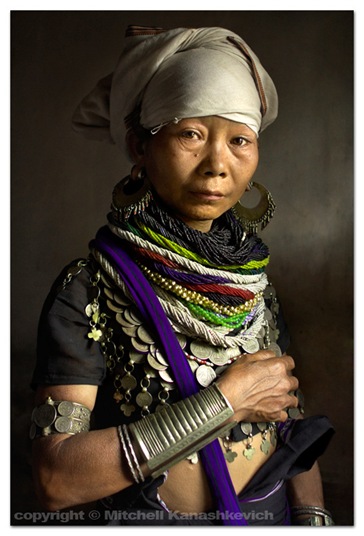 Since I’ve been pretty much consumed by all things light related recently, writing texts for my new e-book, I decided to write a post in the spirit of, you guessed it - light.
When I’m shooting, particularly when shooting portraits I have an obsession with creating a sense of volume and depth, making my photographic subjects appear sculpted, three dimensional. Turns out there has been a word for this “look”, since long before photography. The word is - “chiaroscuro”.
Since I’ve been pretty much consumed by all things light related recently, writing texts for my new e-book, I decided to write a post in the spirit of, you guessed it - light.
When I’m shooting, particularly when shooting portraits I have an obsession with creating a sense of volume and depth, making my photographic subjects appear sculpted, three dimensional. Turns out there has been a word for this “look”, since long before photography. The word is - “chiaroscuro”.